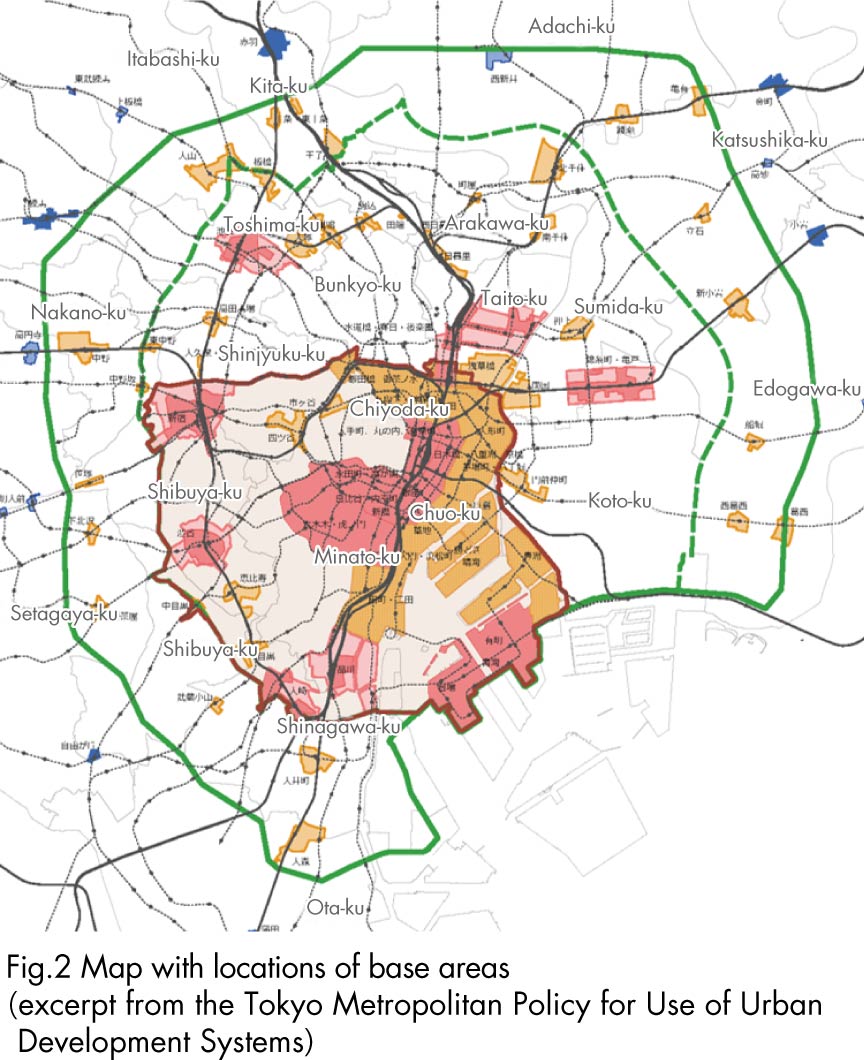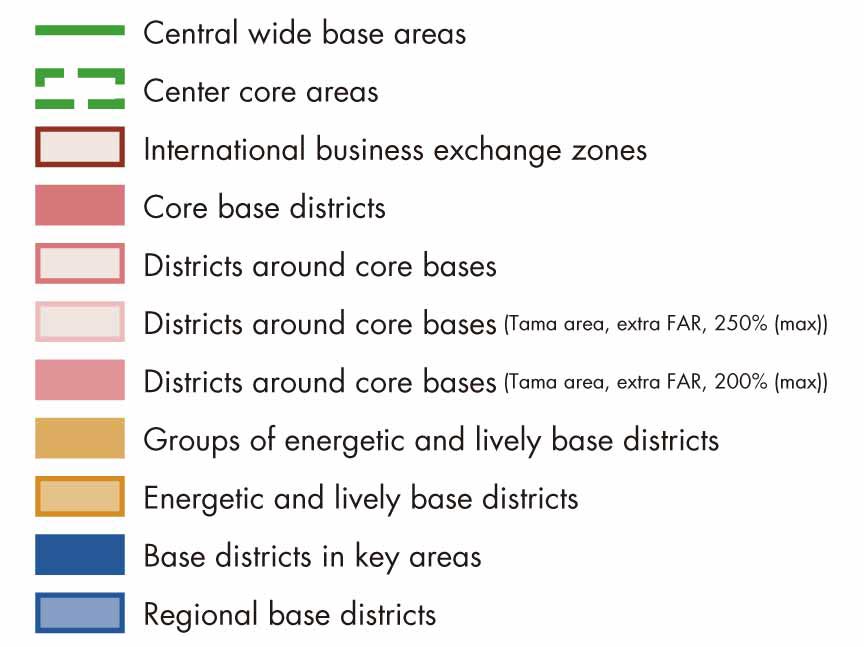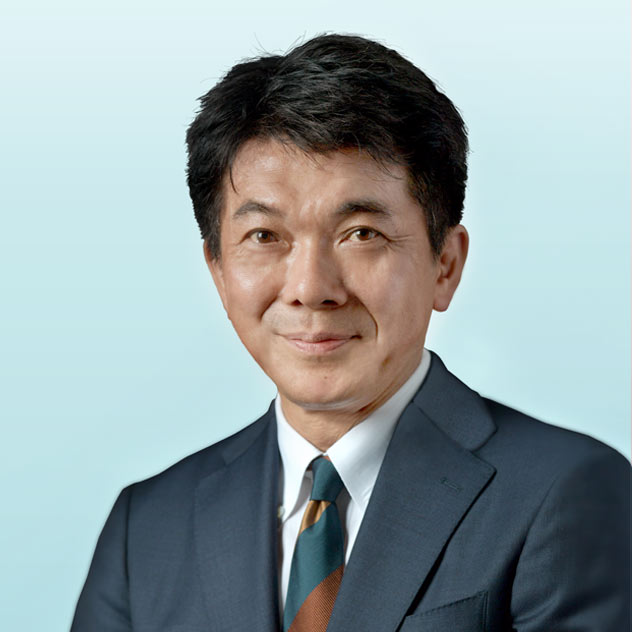Towards a new society brought about by the COVID-19 pandemic;
“30-Minute Urban Areas” Accelerating Mosaic-like Development
Atsushi Omatsu, Head of Urban Project Department, NIKKEN SEKKEI LTD
(The positions in this article were current at the time of publication.)
Scroll Down
The impact of the novel coronavirus (COVID-19) compelled us to work from home, but for all of its inconveniences, it also offered us great insight. I believe that the changes that have been brought about by this awareness will eventually have an impact on the shape of cities.
I would like to talk to you about some of the potential for this feeling.
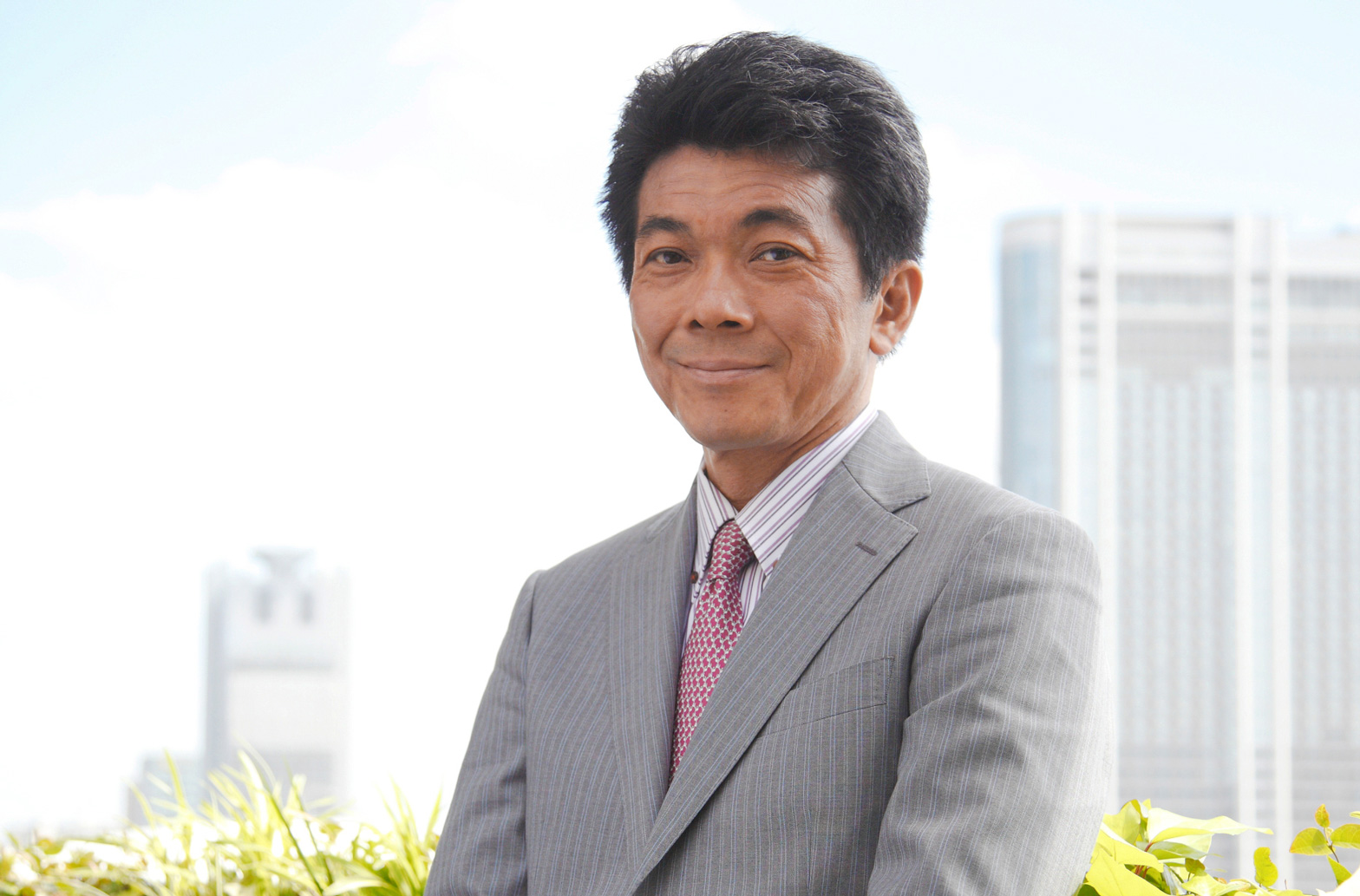 Atsushi Omatsu, Head of Urban Project Department, NIKKEN SEKKEI LTD
Atsushi Omatsu, Head of Urban Project Department, NIKKEN SEKKEI LTD
(The positions in this article were current at the time of publication.)
COVID-19 shaping changes in behaviors and values
Of course, there are many people who have become aware of the surprising depth not only with the way they work, but also in other familiar spheres of their daily lives. Perhaps there are more than a few people who have been impressed with the history of a nearby shrine or temple without needing to visit a famous tourist spot, or enjoyed activities and interactions in public spaces, such as plazas and promenades, that have made good use of microtopography and closed conduits. There have also been significant changes in the means of transportation, with more people shying away from public transport where space is shared with other people, such as railroads, buses and taxis, and selecting personal modes of transportation, such as walking or bicycles as they prioritize safety.
Expectations for middle areas between city centers and residential areas
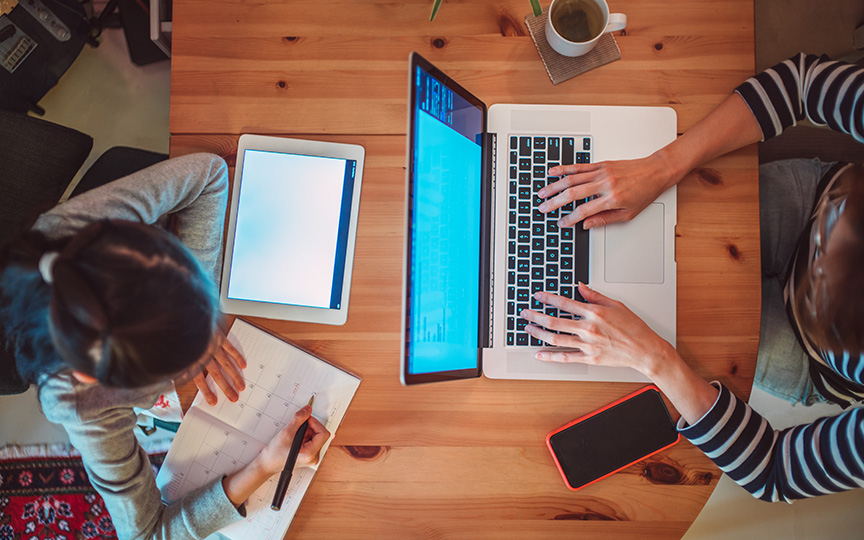
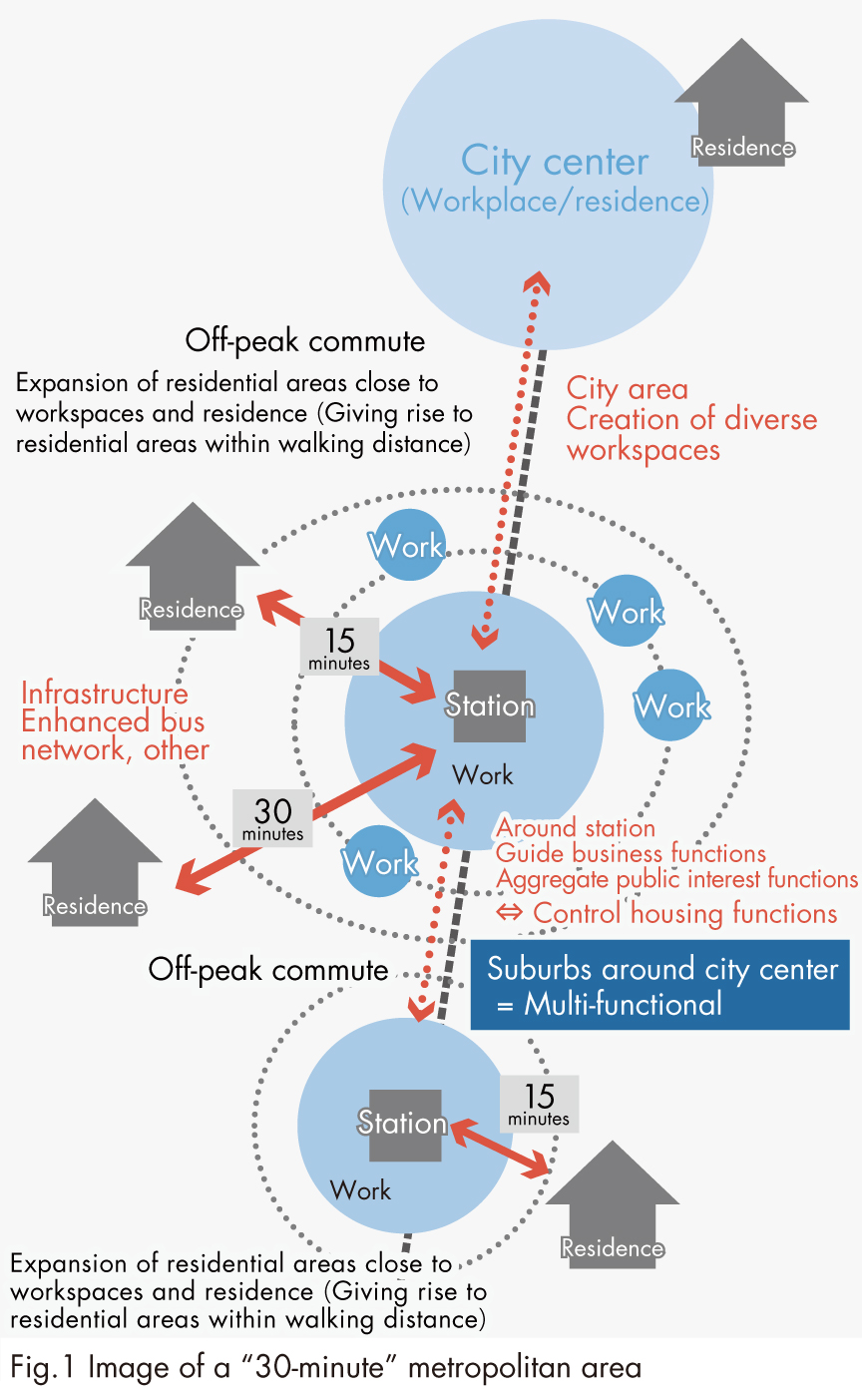
Perhaps the workstyles in these middle areas do not always last from morning until evening. Maybe it is possible to work in this middle area only in the morning and then travel to the city center for work in the afternoon; alternatively, it may be possible to return home and work from there after attending an online meeting in this middle area. Walking between home and this middle area would be ideal, but it would also be good to commute by bicycle or small electric vehicles to go shopping or pick up your child along the way. This middle area (Fig. 1), which could be reached within 30 minutes from both your home and office in the city center, seems like it would need to be able to flexibly respond to these diverse lifestyles. Therefore, there may be an increase in the number of multitasking spaces that can easily shift to other applications depending on the season and time.
Prospects for changing Tokyo’s urban structure
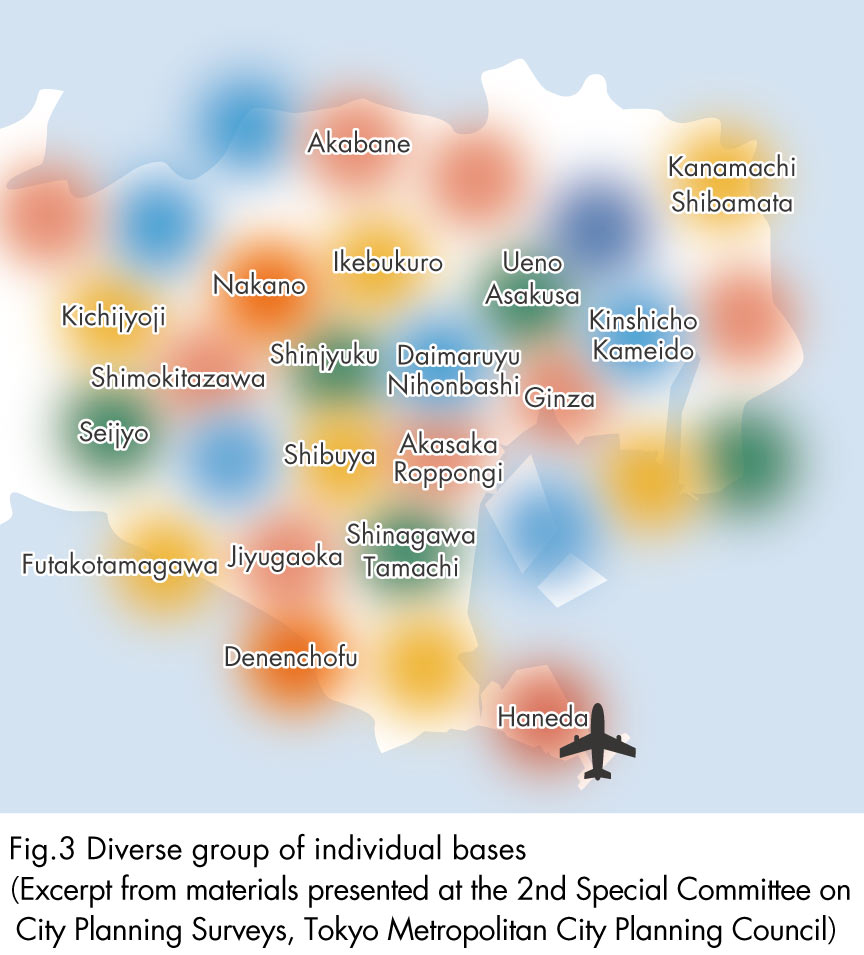
Even in middle areas where development is expected to take place in the future, it is important to create metropolitan areas that are packed with originality, where each area’s individuality stands out because of their differences in history and culture, as well as topographical features, as is the case in the city center. This will accelerate the change to a mosaic-like urban structure (Fig. 3) that Tokyo is considering as its ideal urban image.
Signs of change that have already come to pass
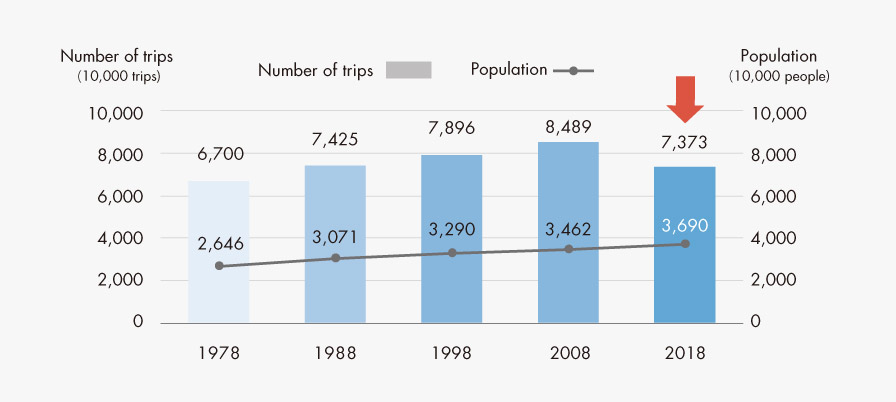 Fig.4 Changes in the total number of trips and total population
Fig.4 Changes in the total number of trips and total population
